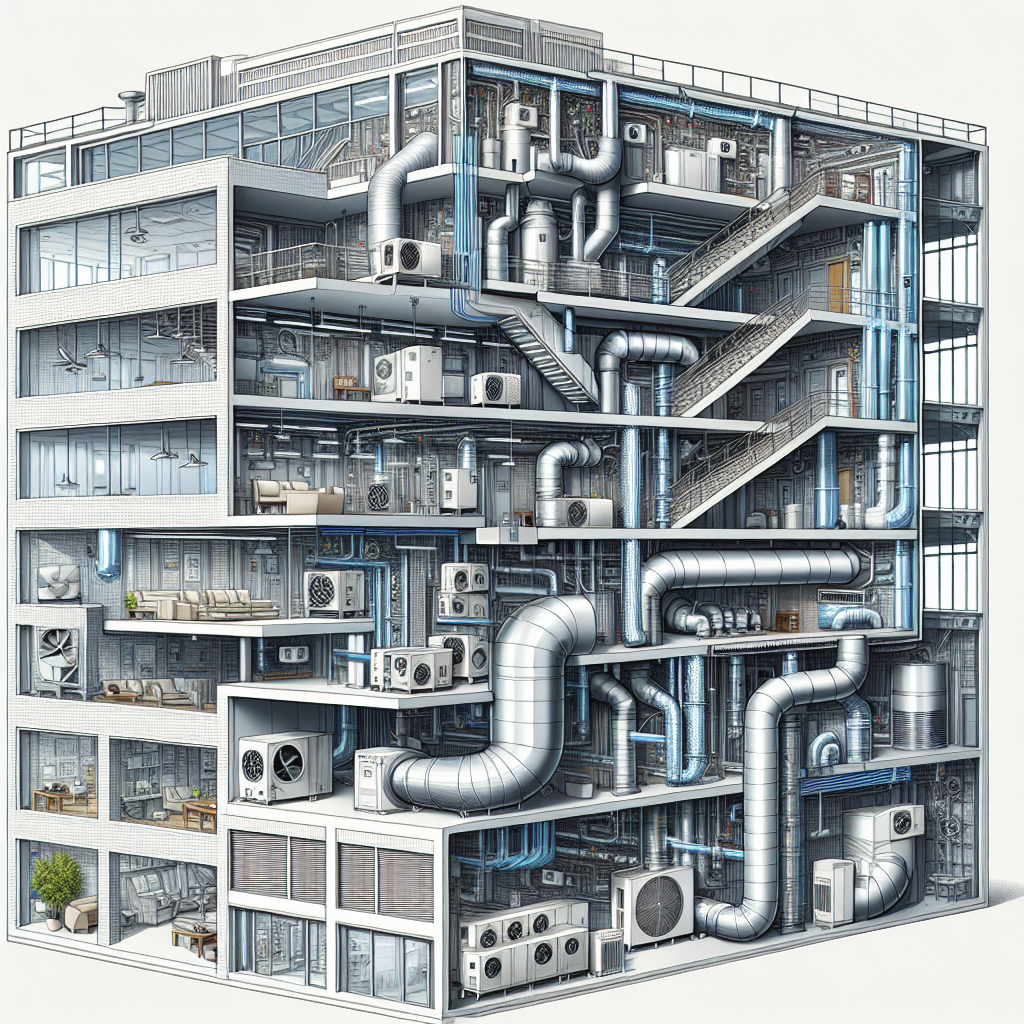Proper ventilation is crucial for maintaining a healthy indoor environment in commercial spaces. Good air circulation not only ensures the comfort of employees and customers but also plays a key role in preventing the spread of infectious diseases and reducing indoor air pollution. Inadequate ventilation can lead to a buildup of contaminants and pollutants, which can have a negative impact on the health and productivity of those in the space.
There are several ventilation strategies that can be implemented to improve air circulation in commercial spaces. One of the most effective methods is to install mechanical ventilation systems, such as HVAC systems or exhaust fans. These systems help to remove stale air and bring in fresh, outdoor air, ensuring a constant flow of clean air throughout the space. HVAC systems can also help regulate temperature and humidity levels, creating a more comfortable environment for occupants.
Another important strategy is to properly maintain and clean ventilation systems on a regular basis. Dust, dirt, and other pollutants can accumulate in air ducts and filters, reducing the efficiency of the system and compromising indoor air quality. Regular maintenance and cleaning help to ensure that the ventilation system is functioning properly and delivering clean air to the space.
In addition to mechanical ventilation systems, natural ventilation can also be utilized to improve air circulation in commercial spaces. Opening windows and doors, using ceiling fans, and incorporating passive ventilation techniques can help to bring in fresh air and create a more comfortable indoor environment. Natural ventilation is especially beneficial in spaces with limited access to mechanical ventilation systems or in areas with mild climates.
It is also important to consider the layout and design of the commercial space when implementing ventilation strategies. Proper placement of air vents, diffusers, and exhaust fans can help to ensure that air circulates efficiently throughout the space. Additionally, creating designated smoking areas, installing air purifiers, and using low-VOC materials can help to reduce indoor air pollution and improve air quality.
In conclusion, ventilation is a critical aspect of maintaining a healthy indoor environment in commercial spaces. By implementing proper ventilation strategies, such as installing mechanical ventilation systems, maintaining and cleaning ventilation systems regularly, utilizing natural ventilation, and considering the layout and design of the space, businesses can improve air circulation and ensure the health and comfort of occupants. Investing in good ventilation not only benefits the well-being of employees and customers but also contributes to a more productive and successful commercial space.


Leave a Reply